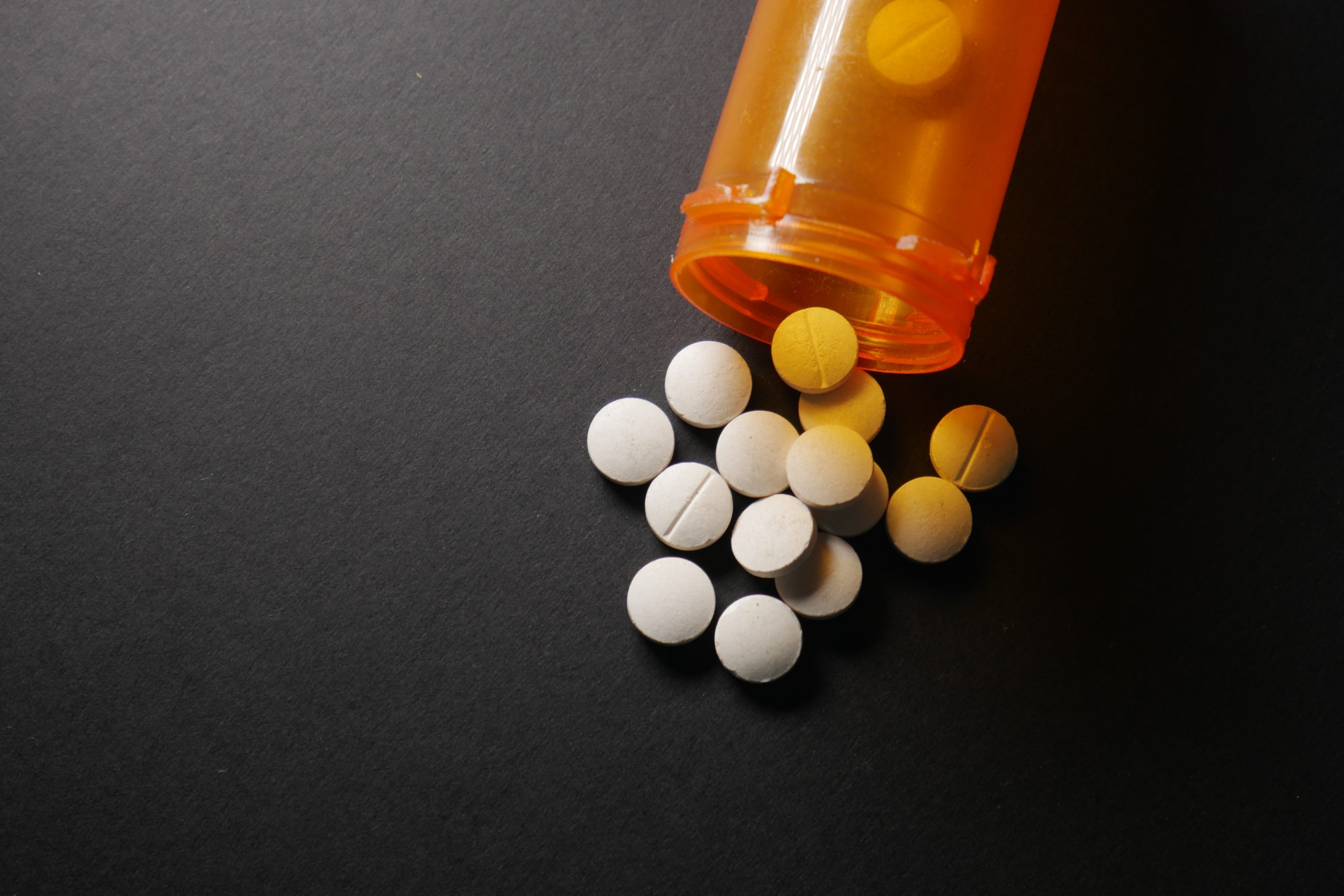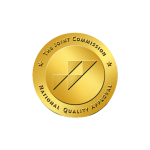What You'll Learn:
- Understanding Naloxone and Its Purpose
- Routes for Administering Naloxone
- Differentiating Naloxone from Naltrexone
- The Effective Duration of Naloxone
- Immediate Steps for Responding to an Opioid Overdose
- Enhancing Accessibility and Training
- Addressing Stigma
Naloxone, a medication known for its ability to counteract life-threatening effects of opioid overdoses, acts as a crucial intervention tool. By quickly binding to opioid receptors in the brain, it can reverse the effects of opioids, including heroin, morphine, and prescription pain relievers. In emergency overdose situations, naloxone's role is pivotal in preventing fatalities by restoring normal breathing patterns in individuals who have overdosed. Therefore, it's crucial to know the correct administration routes for Naloxone.
Routes for Administering Naloxone
Administering naloxone effectively and quickly is essential in an overdose situation. Common routes include:
Intranasal Spray: This method allows for naloxone to be sprayed directly into one nostril, providing a non-invasive and easy-to-administer option.
Intramuscular Injection: Naloxone can be injected into a muscle, commonly in the thigh, arm, or buttocks, offering a quick and effective response.
Intravenous Injection: Used predominantly in medical settings, this method delivers naloxone directly into a vein for an immediate effect.
Differentiating Naloxone from Naltrexone
Naloxone and naltrexone, while sounding similar, serve distinct purposes. Naloxone is an emergency response medication for opioid overdoses, rapidly reversing their effects. Naltrexone, in contrast, is used in addiction treatment, helping to prevent relapse by reducing opioid cravings and blocking euphoric effects.
The Effective Duration of Naloxone
Naloxone's effects generally last between 30 and 90 minutes. Given that opioids can remain in the body for longer, immediate medical attention post-administration is crucial to mitigate the risk of re-overdose.
Naloxone's Critical Role in Opioid Overdose Situations
Naloxone's importance in responding to opioid overdoses is monumental. It is an indispensable tool in emergency first aid and harm reduction strategies, capable of reversing potentially fatal overdoses and offering individuals a chance for recovery.
Immediate Steps for Responding to an Opioid Overdose
In an opioid overdose scenario, prompt action is key:
Immediately call for emergency medical assistance.
Administer naloxone following the specific guidelines of the kit you have.
Continuously monitor the individual's breathing and responsiveness.
Provide rescue breathing or CPR if required until professional help arrives.
Enhancing Accessibility and Training for Naloxone Use
Improving access to naloxone and providing comprehensive training on its use are critical in combating the opioid epidemic. Community programs often offer naloxone training, empowering individuals to act effectively in overdose situations. Efforts to make naloxone more accessible, including over-the-counter options, play a significant role in these prevention strategies.
Addressing Stigma
Naloxone is sometimes perceived negatively due to its association with opioid use. However, it's crucial to understand its role in the larger context of addiction treatment and recovery. Naloxone is not just an emergency response tool; it represents hope and a second chance for individuals to overcome addiction and rebuild their lives.
Creating Awareness and Understanding
Raising awareness about naloxone and educating the public on its safe administration are vital steps toward reducing opioid overdose deaths. Understanding correct administration routes for Naloxone and recognizing the signs of an opioid overdose can empower individuals and communities to save lives.
Finding Hope and Support at American Recovery
At American Recovery, we acknowledge the life-saving role of naloxone in opioid overdose situations and its importance in the journey towards addiction recovery. If you or someone you know is grappling with opioid addiction, we're here to help. Contact us at 866-484-2502 or visit our website for support and treatment options. Together, we can navigate the path to recovery, underpinned by understanding, compassion, and the right medical interventions. Remember, reaching out for help is the first step towards a brighter, healthier future. Let's take that step together.


